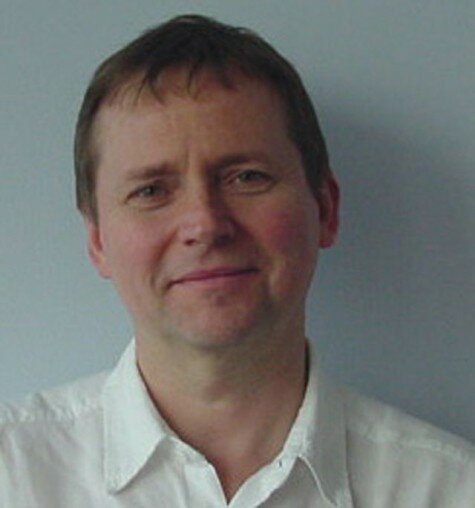Ultra-HD may need beyond 120fps says BBC Chief Technologist

In a short interview with 3D Focus, Chief Technologist HD & 3D, BBC Technology, explains why higher resolution ultra-HD broadcasting will require dramatically increased frame rates, even beyond 120fps.
3D Focus: Why does higher resolution broadcasting require higher frame rates?
Andy Quested: Frame rates of 24/25 will always exist but will require much more attention to the rules of 35mm movie shooting. At 50/60 though, the increased temporal resolution accentuates the smearing caused by movement when the shutter is open, but make the shutter too short and the low frame rate causes multiple images during some motion (look at what looks like a multi-arm bowler in short shutter cricket). At somewhere around 100+ fps your eyes cease to see separate images even during high movement with short shutter. More testing is needed to know what works and what doesn't.
3D Focus: Will the BBC be trialling high frame rate shooting at this year’s Wimbledon Tennis championships?
Andy Quested: No – Sony have a couple of standalone cameras there doing local recording. We (BBC, EBU and others) will be using the opportunity to do some testing
3D Focus: Have frame rates standards been established for ultra-HD formats?
Andy Quested: ITU-R BT2020 has two UHD formats at 7 680 x 4 320 and 3 840 x 2 160 (16:9) at the following frame rates 24/1.001, 24, 25, 30/1.001, 50, 60/1.001, 60 and 120 progressive frame a second
At the moment the ITU has a paper from the UK asking for work to be done demonstrate if 120fps is a viable world frame rate. There are thoughts it needs to be higher or there need to be 50Hz multiples of either 100 or 150 fps
Tests are underway and results may take a while to resolve into standards
3D Focus: Many complained of the uncanny valley effect for The Hobbit. Why is that?
Andy Quested: That depends what projector you saw it on – if the 3D projector was 96fps then you would experience 48fps flicker. But if you saw it on one of (the few) high frame rate 3D projectors it was fine – 96fps is fine for 24fps 3D (2 x image in each eye) so in theory you need 4 x 48fps
Also to most people 48fps is "TV"!
As for conversion 48 to 24 could be done by frame dropping then speed up to 25 (as per movies) would look OK but it would depend on the shutter angle
3D Focus: What are your thoughts about shooting in multiple frame rates like Showscan Digital or showing certain scenes in HFR like when movies show certain scenes in IMAX?
Andy Quested: Would not work on TV – it takes time for displays and receivers to change (5 -6 seconds) and that assumes we can do it at the broadcast end. But I assume you mean the projector runs at the same speed all the time but plays frames at different repeat rates?
That would work for non-live but for live you would have to run the chain at the same speed and there is no saving for repeated frames. Also we can use Long GoP so the higher the frame rate the more efficient. At the moment production GoPs are around 12-15 (but we could go to 20- 22) based on a 25fps system. If we were to run at 120fps we could run a GoP of over 100-110 and at 300fps around 280-290.
FREE WEEKLY 3D NEWS BULLETIN –



















